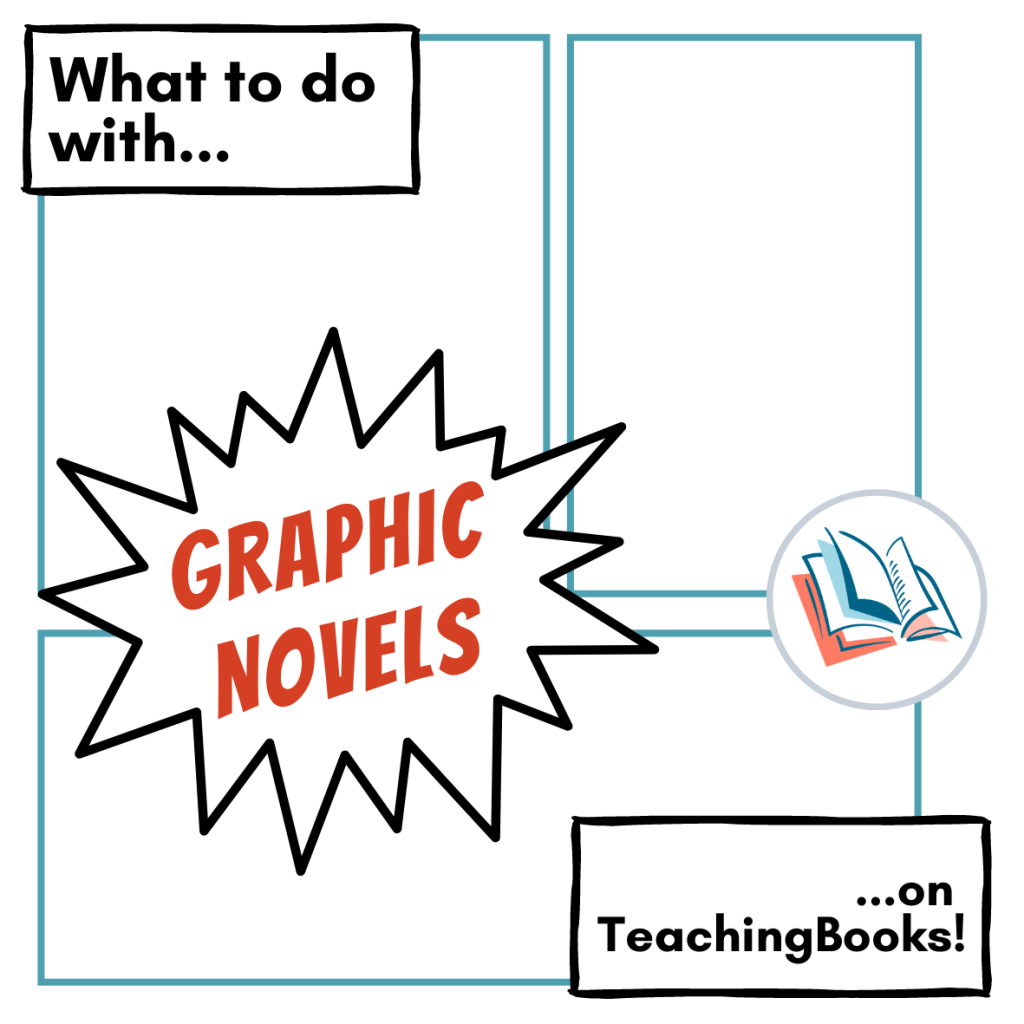
Graphic novels often convey complex stories in a visual way. By exploring sequencing and plot development methods in graphic novels, students can gain understanding of these writing elements across genres. Explore the examples below for ideas!
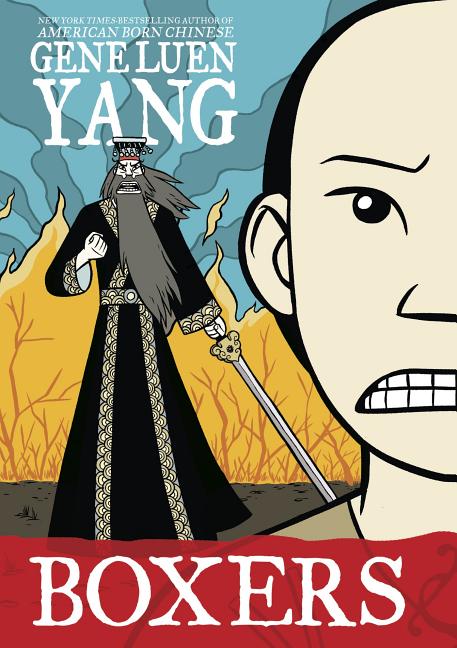
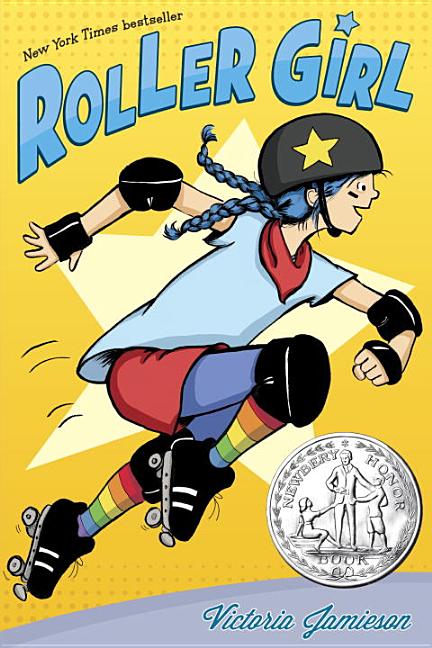
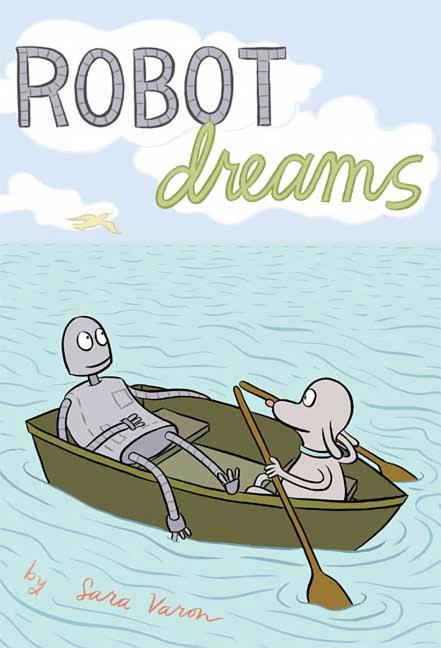
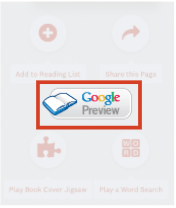
Consider plot development with Google Preview.
Examine a graphic novel spread and write or draw a potential ending.
Discuss sequencing in writing with Story Maps for graphic novels.
- Create a Story Map for Dog Man to reflect on Dav Pilkey’s choices for sequence in this graphic novel.
- Introduce sequencing in nonfiction titles with the Timeline Graphic Organizer in this Teacher’s Guide for March: Book One.
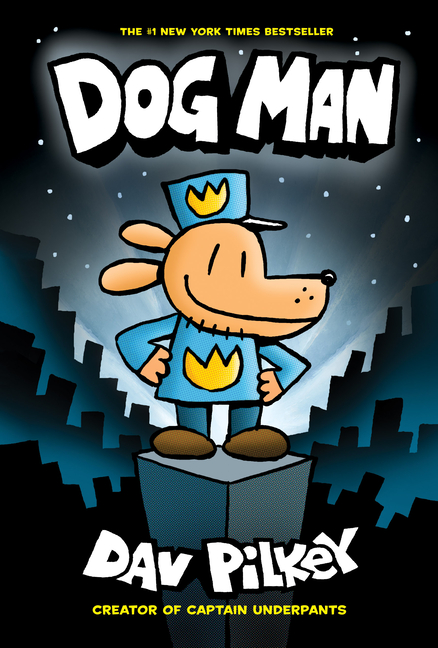
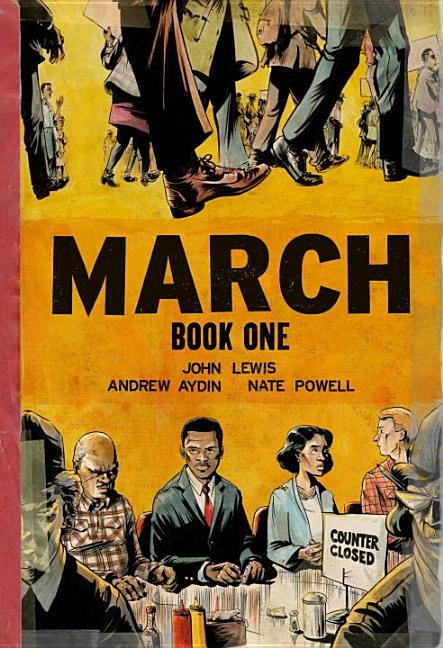
Practice sequencing and plot development.
Read the Guest Author Blog Post from Gareth Hinds on his process for creating graphic novels. Then, draft a plot outline for your own graphic novel and put it in a storyboard.
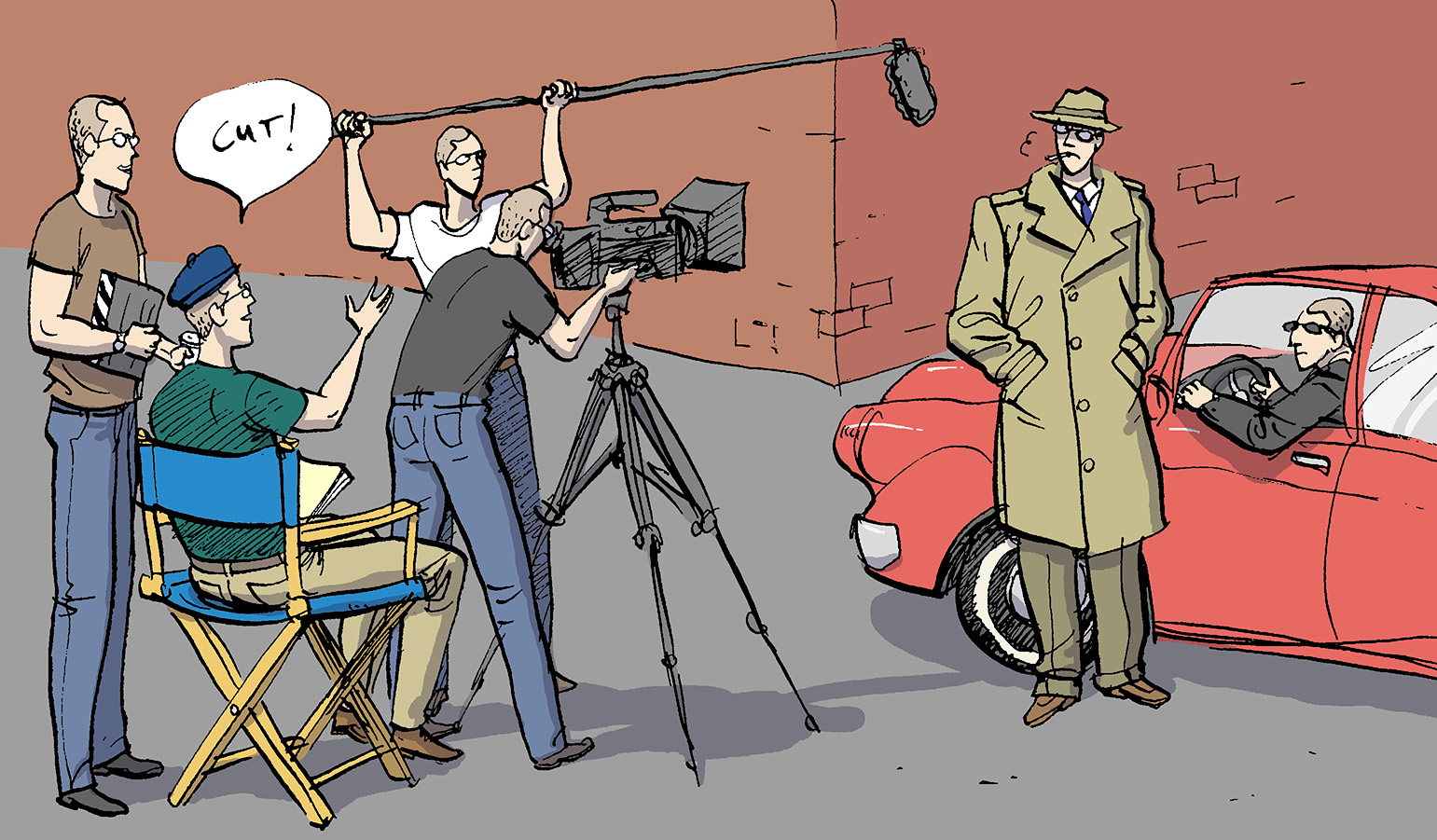
What’s working for you?
We’d love to hear how you’re using TeachingBooks resources in your classrooms and libraries! Leave your ideas in a comment below!

Leave a Reply